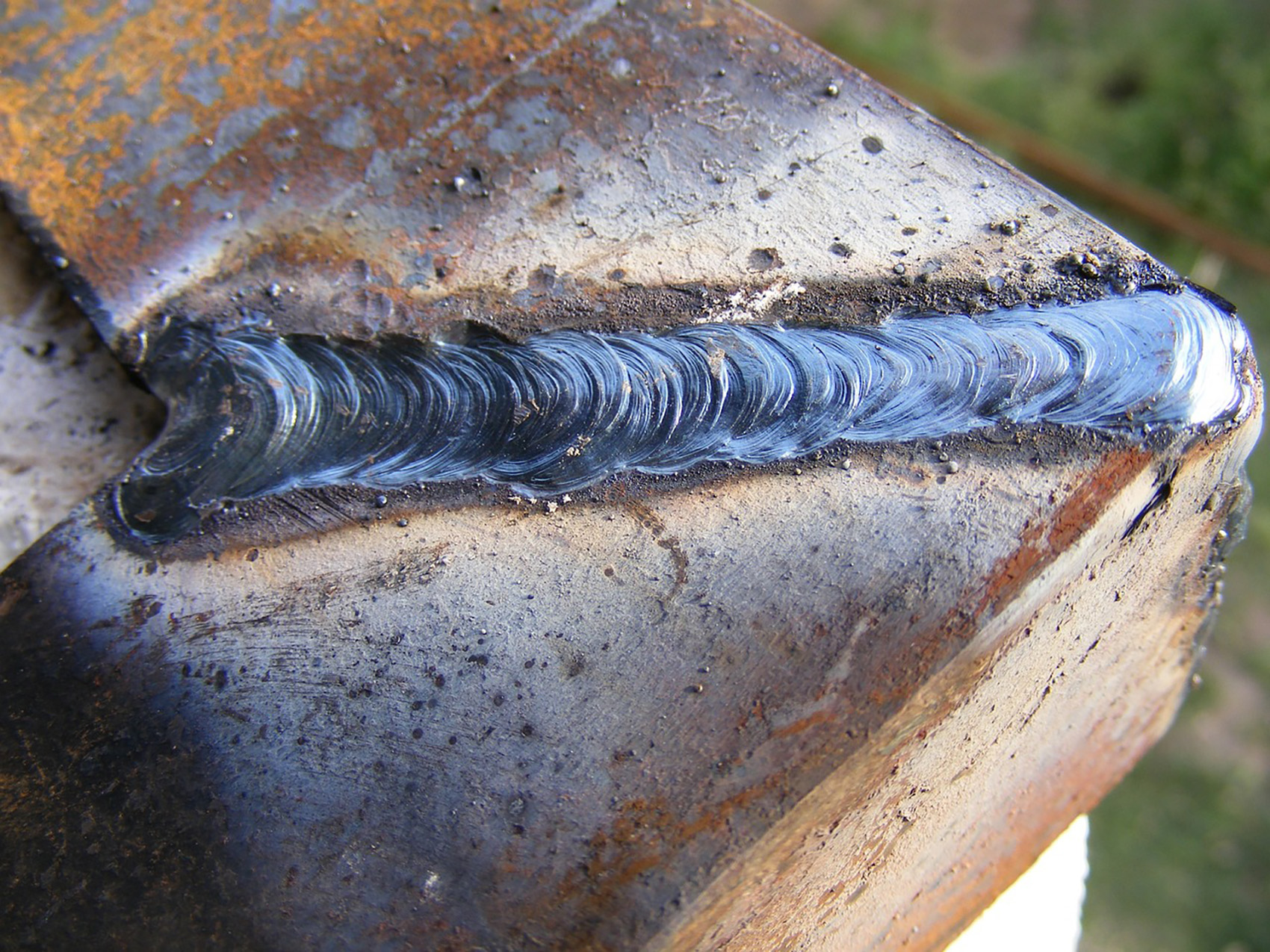Preventing Weld Undercut: Proven Approaches Every Welder Need To Know
Preventing Weld Undercut: Proven Approaches Every Welder Need To Know
Blog Article
Comprehending the Causes and Solutions for Undercut Welding in Steel Manufacture Procedures
In the world of steel construction processes, the incident of undercut welding presents a considerable obstacle that requires a thorough understanding of its causes and practical services. The elaborate interplay of various elements during welding procedures can bring about this undesirable sensation, influencing the architectural stability and general quality of the welded joints - Preventing weld undercut. By dissecting the origin creates of undercut welding and exploring efficient restorative measures, fabricators can elevate the criterion of their handiwork and make sure the production of flawless metal elements
Typical Root Causes Of Undercut Welding
Frequently forgotten in metal fabrication, undercut welding takes place as a result of different factors that require thorough attention and proficiency to be effectively reduced. One usual reason for undercut welding is excessive warmth input. When the warm input is too expensive, it can result in the melting and succeeding disintegration of the base product along the sides of the weld joint, producing a groove or undercut. Furthermore, incorrect welding methods, such as making use of the incorrect welding angle or travel rate, can also add to undercut development. Inadequate securing gas insurance coverage is one more key aspect that can result in damaging. Not enough gas protection falls short to safeguard the weld swimming pool effectively, causing oxidation and undercut defects. The selection of welding specifications, such as voltage, current, and cord feed speed, plays a considerable role in the incident of undercut welding. Recognizing these common causes is critical for carrying out safety nets and making certain premium welds in steel manufacture processes.
Influence of Incorrect Welding Parameters
Inaccurate welding specifications can dramatically compromise the stability and top quality of bonded joints in metal manufacture processes. The impact of inaccurate welding criteria manifests in various methods, leading to architectural weak points and issues in the welded components. Careful focus to welding parameters is critical to guarantee the manufacturing of high-grade welds with the wanted mechanical residential or commercial properties and structural stability.
Impact of Improper Torch Angle
Improper lantern angle in welding procedures can substantially affect the high quality and integrity of the last weld joints in metal manufacture procedures. Damaging is a common welding defect where a groove creates along the weld toe, damaging the joint and jeopardizing its structural integrity.
A torch angle that is too high can cause insufficient penetration, incomplete blend, and raised spatter. On the various other hand, a torch angle that is also shallow can cause too much penetration, burn-through, and distortion of the base material. Preventing weld undercut. Appropriate lantern angle is important for guaranteeing regular weld quality, stamina, and look
To stop damaging and other defects triggered by incorrect torch angles, welders should be trained to keep the appropriate lantern angle throughout the welding procedure. Regular surveillance and modification of lantern angles during welding can aid achieve audio welds with minimal issues.
Function of Inadequate Welding Techniques

One more aspect of inadequate welding techniques is improper weld prep work. Poor cleansing of the base steels, inaccurate joint style, or insufficient edge prep work can all add to undercut welding. Furthermore, inadequate shielding gas insurance coverage or making use of the incorrect sort of gas can result in incomplete blend and the development of undercut flaws.
To deal with the role of poor welding methods in metal manufacture procedures, it is necessary to supply extensive training for welders. Proper education and learning on welding specifications, joint preparation, and securing gas choice can aid stop undercut welding and guarantee high-quality welds in steel fabrication projects.
Reliable Solutions for Undercut Welding
Dealing with undercut welding in steel construction Bonuses requires carrying out reliable services to boost weld high quality and architectural stability. Among the primary remedies to deal with undercut is to adjust welding specifications such as voltage, current, and take a trip rate to guarantee correct heat input and blend. By fine-tuning these settings, welders can stop excessive melting of the base metal and filler product, reducing the chance of undercut formation.
In addition, proper joint preparation is critical in avoiding undercut. Making certain clean base metal surface areas without pollutants and making use of the appropriate bevel angle can help advertise far better weld penetration and reduce the risk of undercut - Preventing weld undercut. Utilizing ideal welding methods, such as oscillating the lantern or weaving, can additionally assist in dispersing warm evenly and loading the weld joint properly, lessening the opportunity of undercut defects
Additionally, choosing the right welding consumables, consisting of electrodes and filler steels, is vital in minimizing undercut. Making use of materials with appropriate chemical compositions and mechanical buildings can add to achieving sound welds with minimal undercut. Regular inspection and quality assurance steps ought to likewise be applied to identify and address undercut issues promptly, ensuring the overall honesty of made steel elements.

Final Thought
Finally, comprehending Discover More Here the causes and services for undercut welding in metal fabrication procedures is critical for attaining high-grade welds. By resolving typical causes such as incorrect welding criteria, incorrect torch angle, and inadequate welding strategies, welders can avoid damaging and guarantee strong, sturdy welds. It is vital to take notice of these elements and implement reliable services to improve the total welding process and end product quality.

Report this page